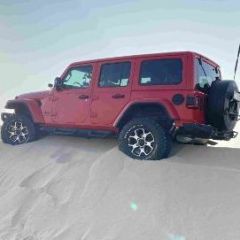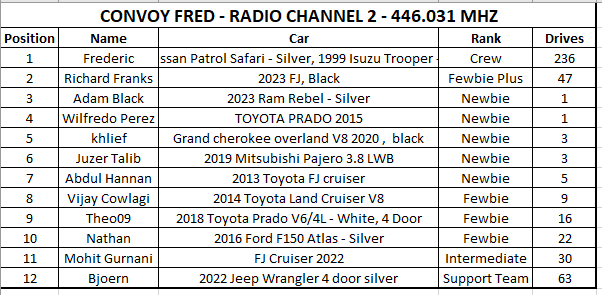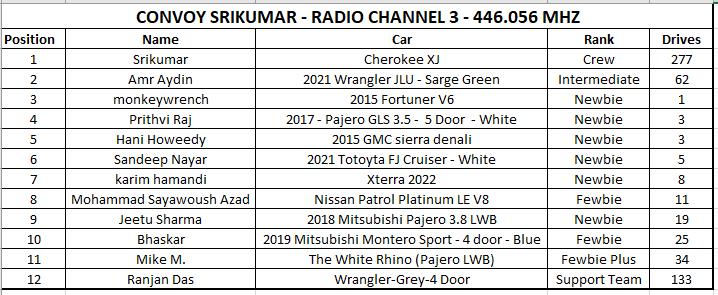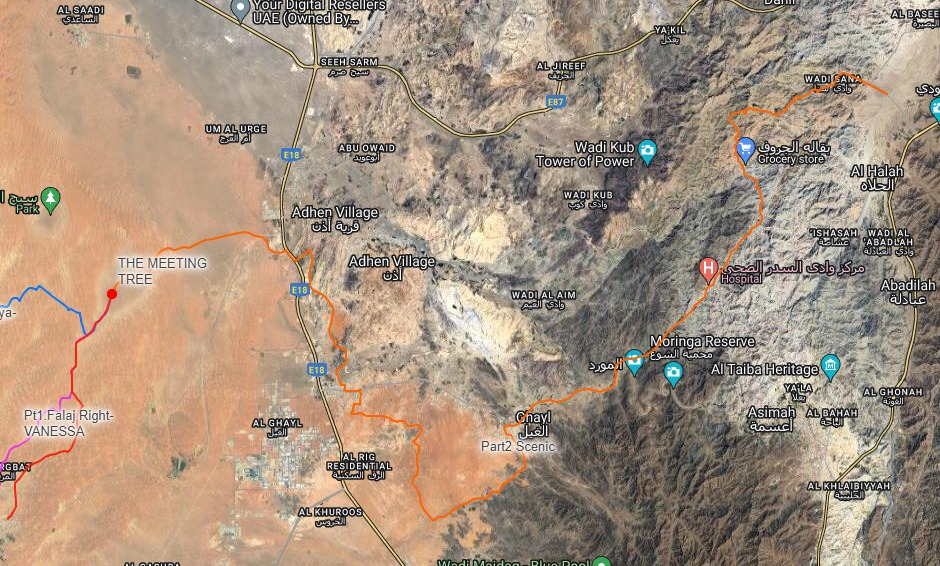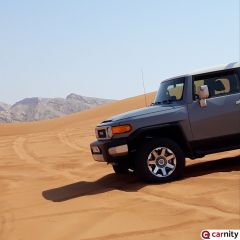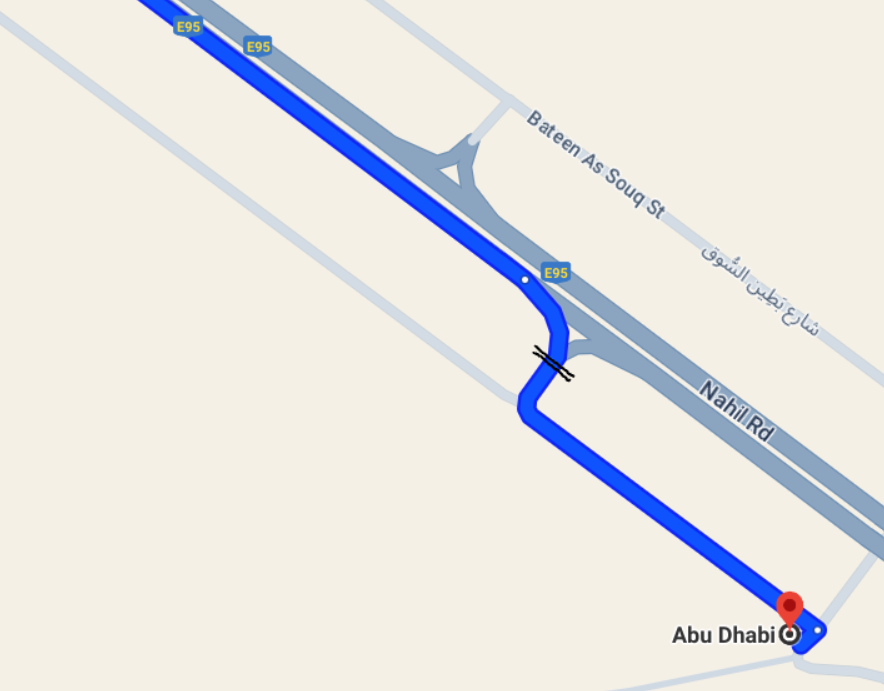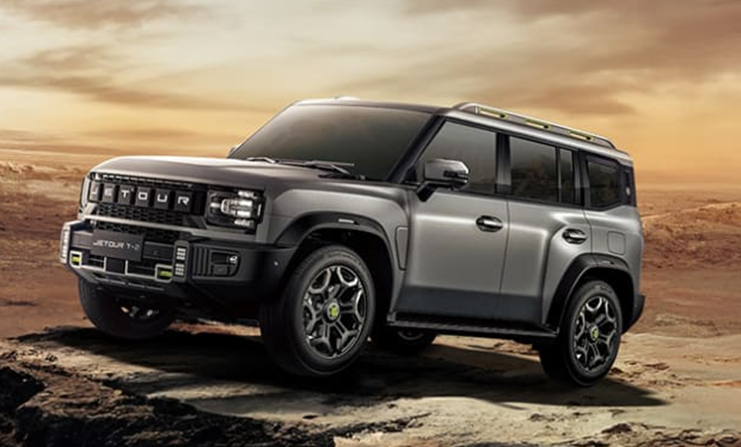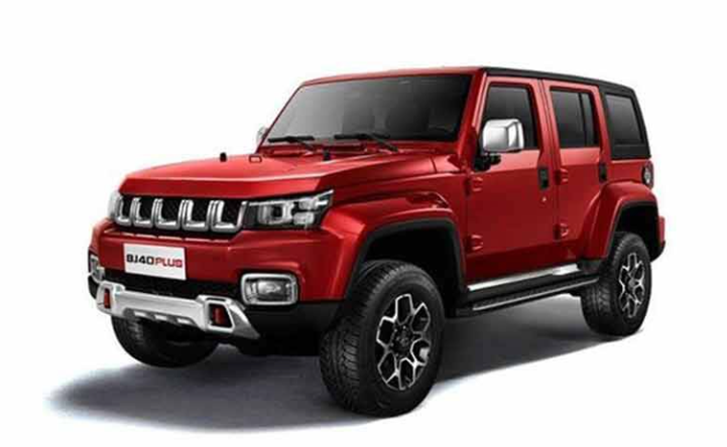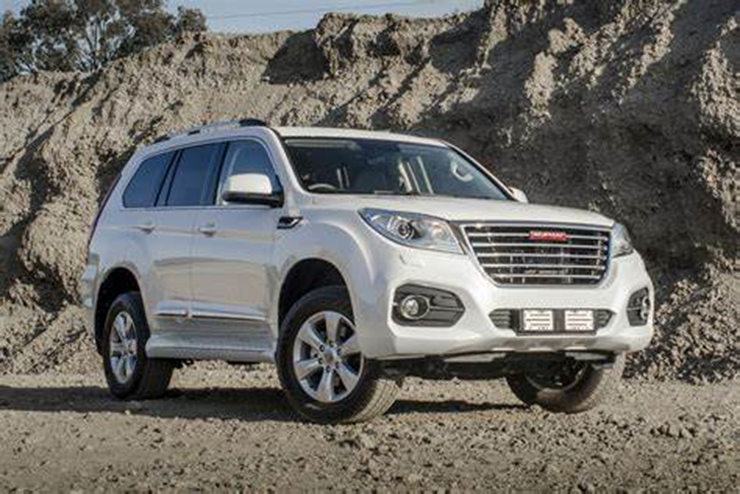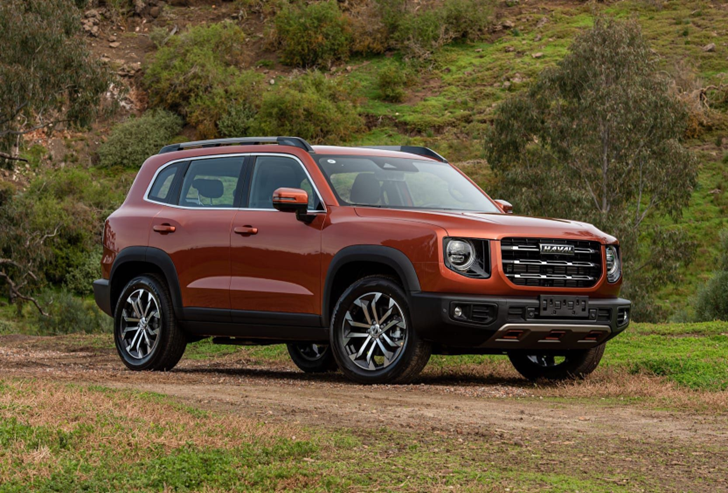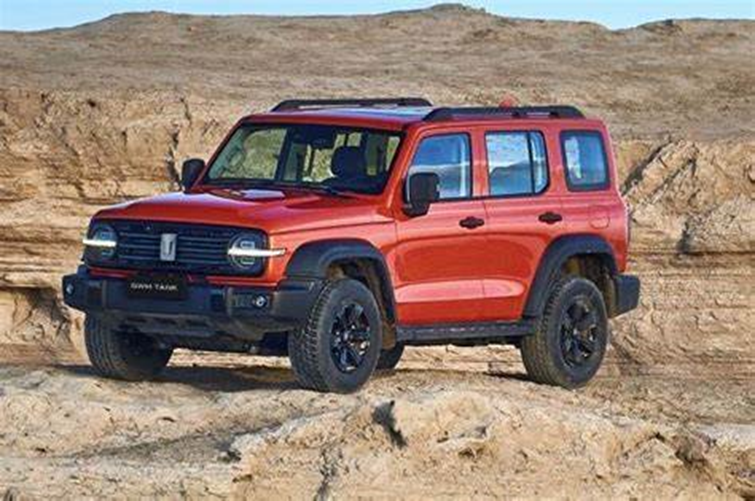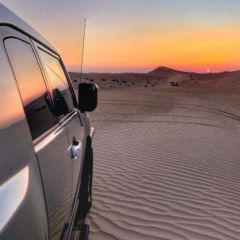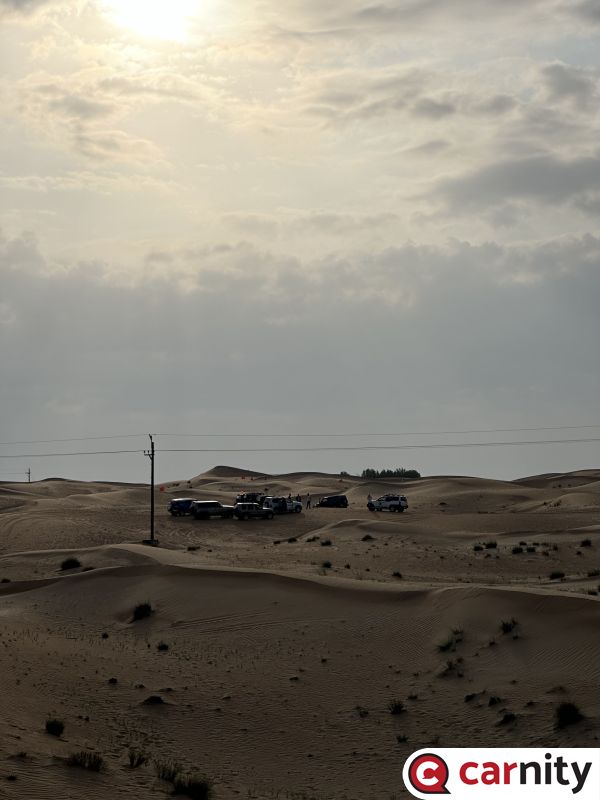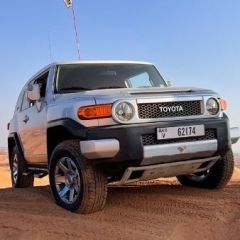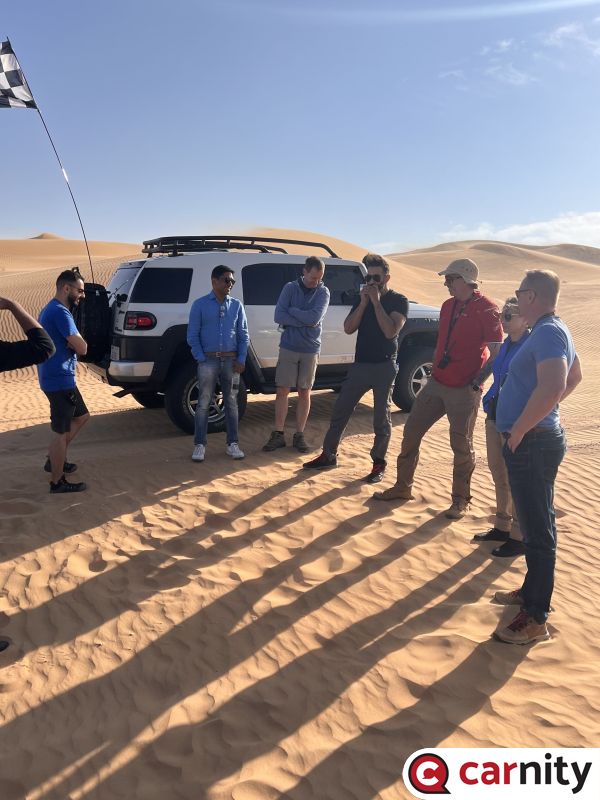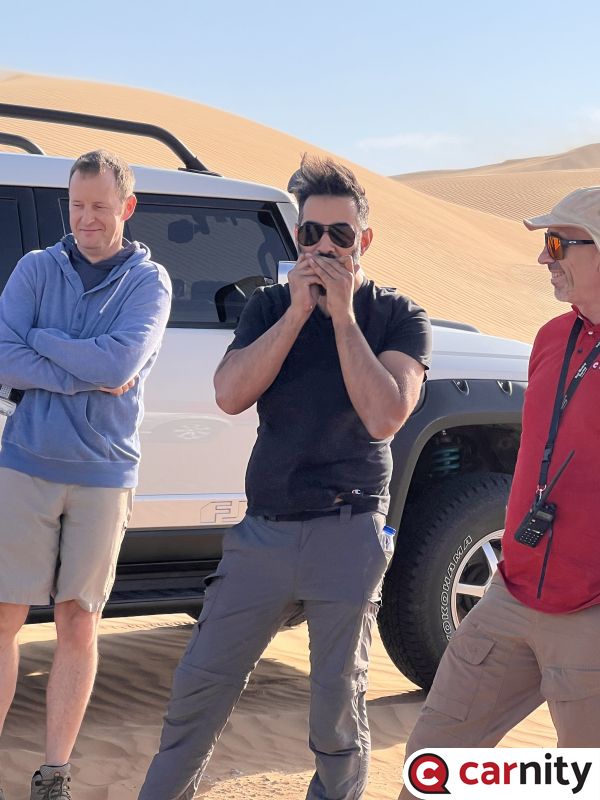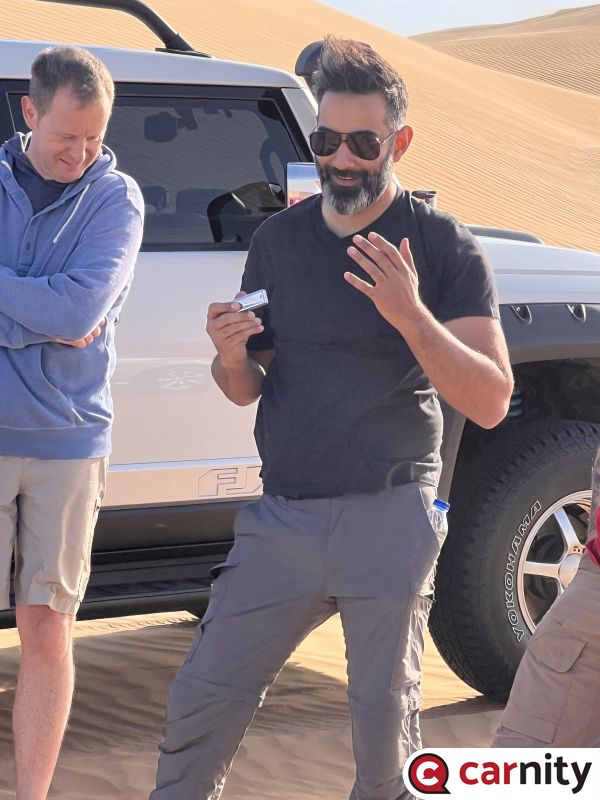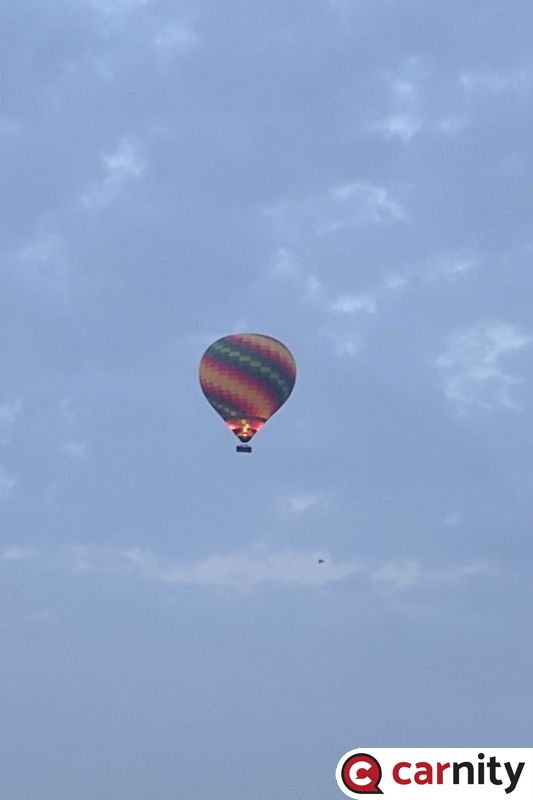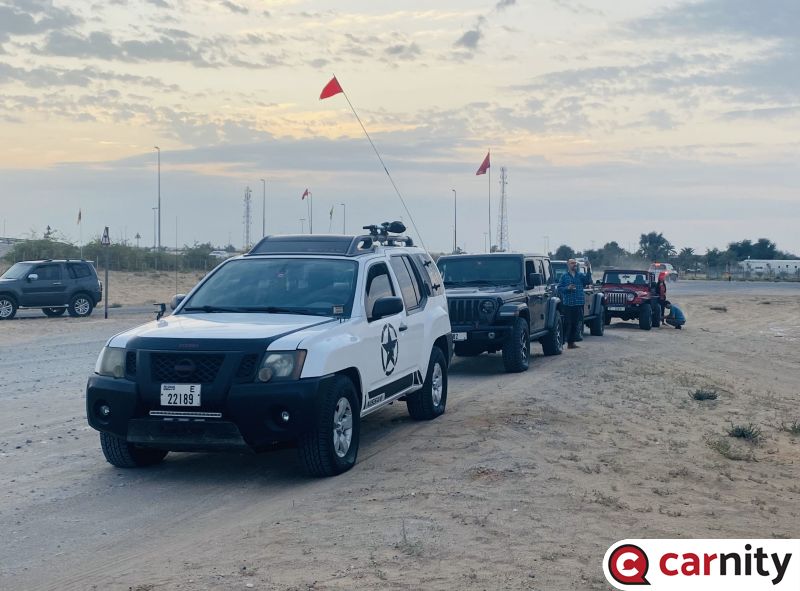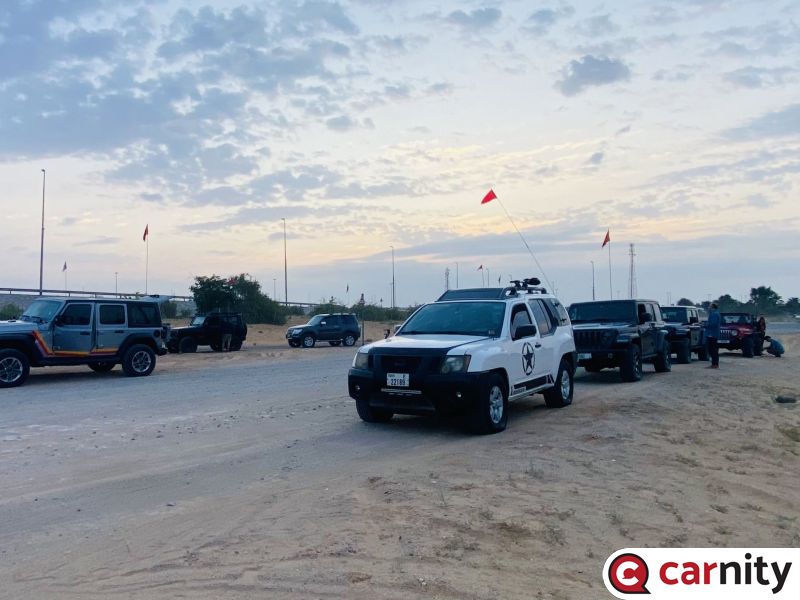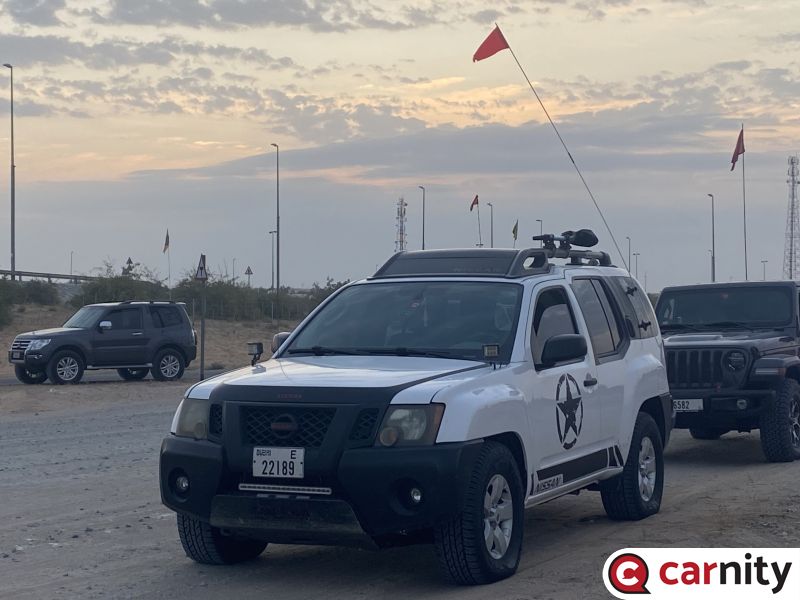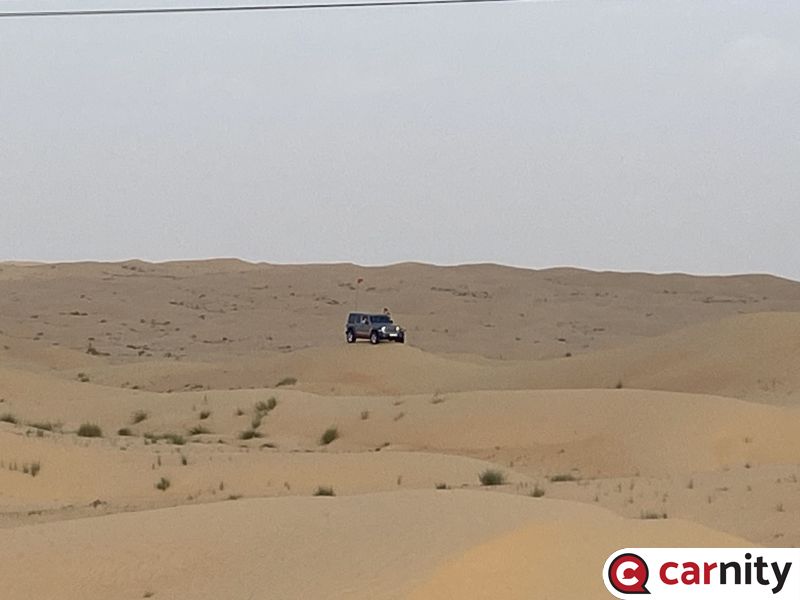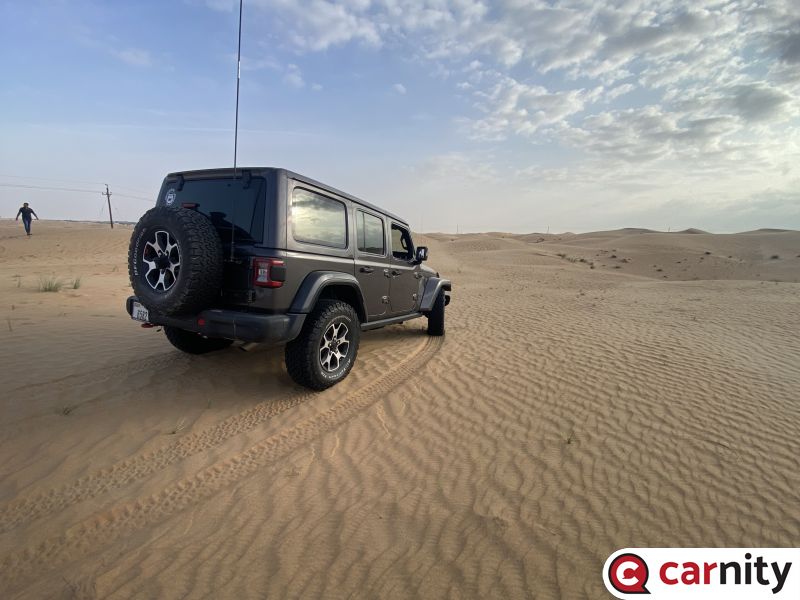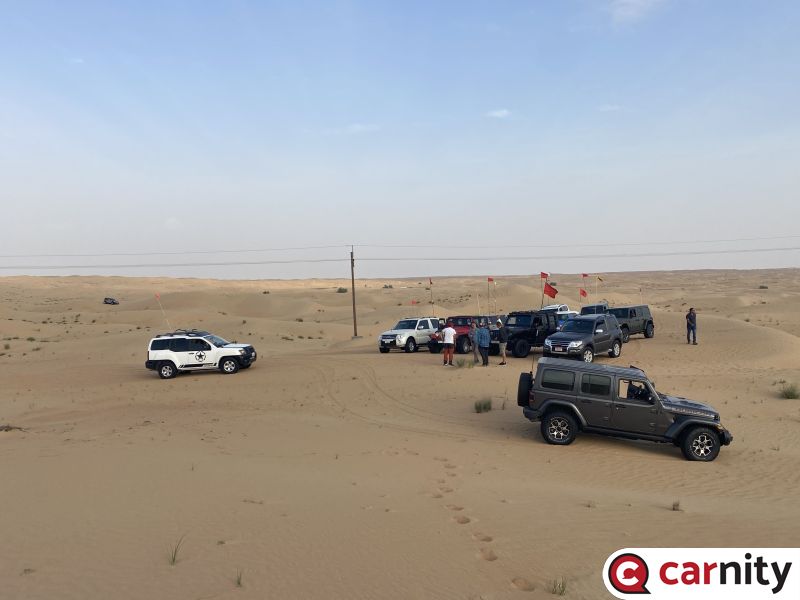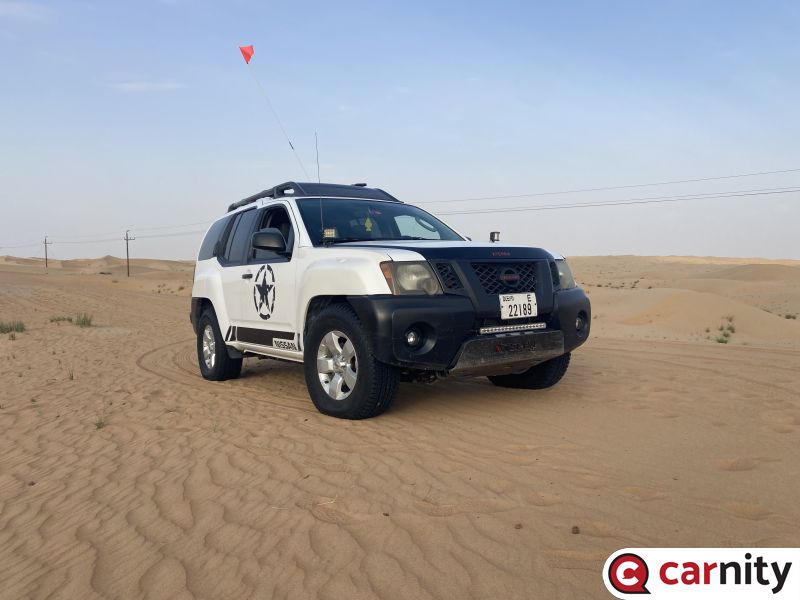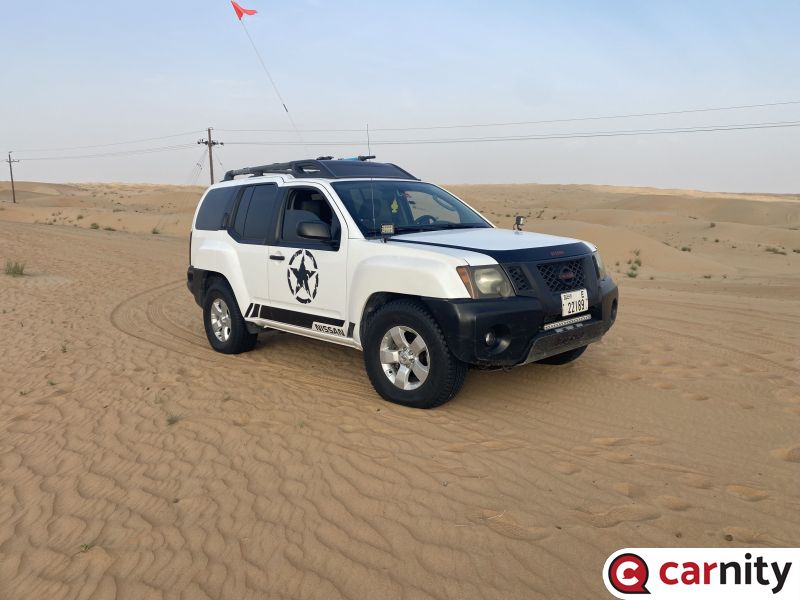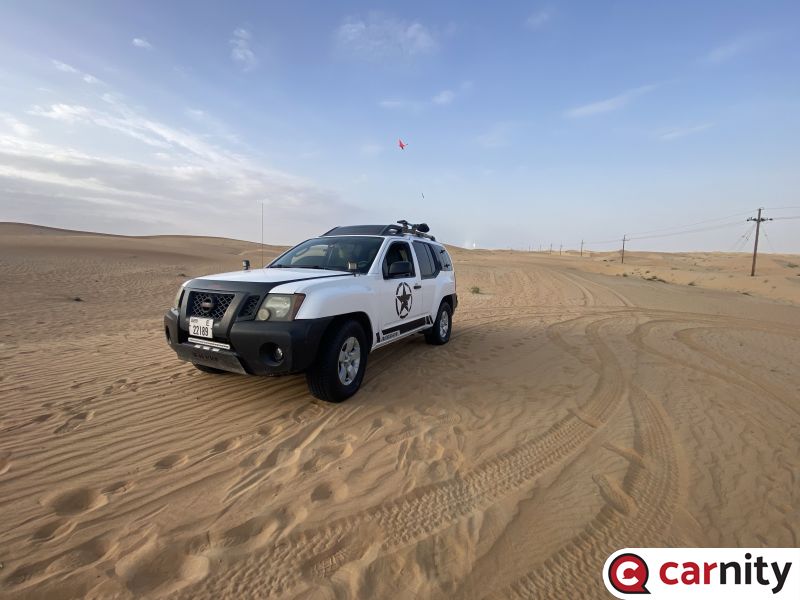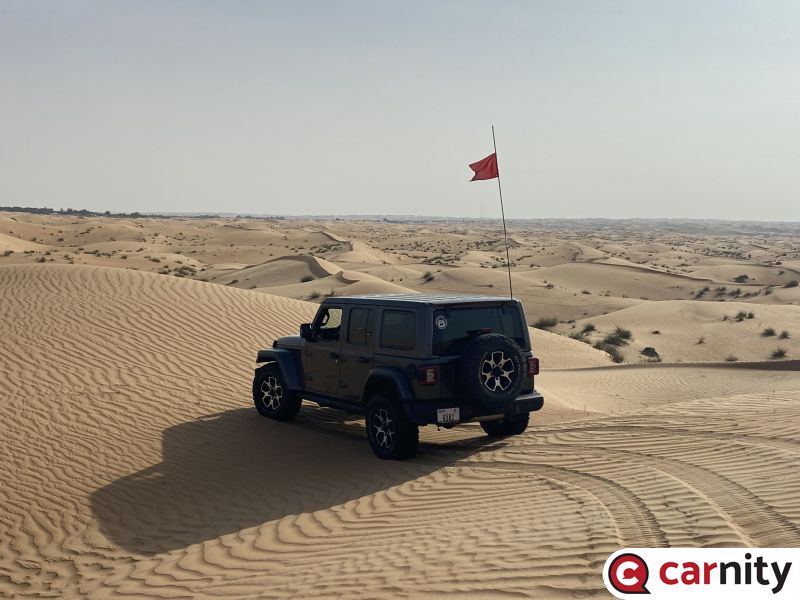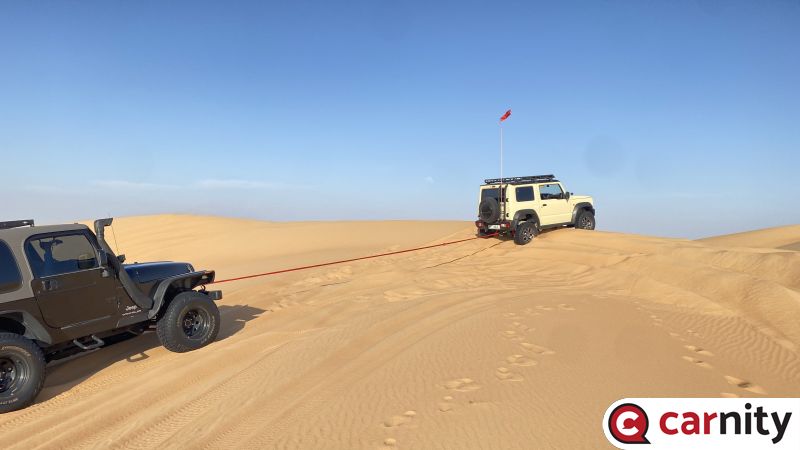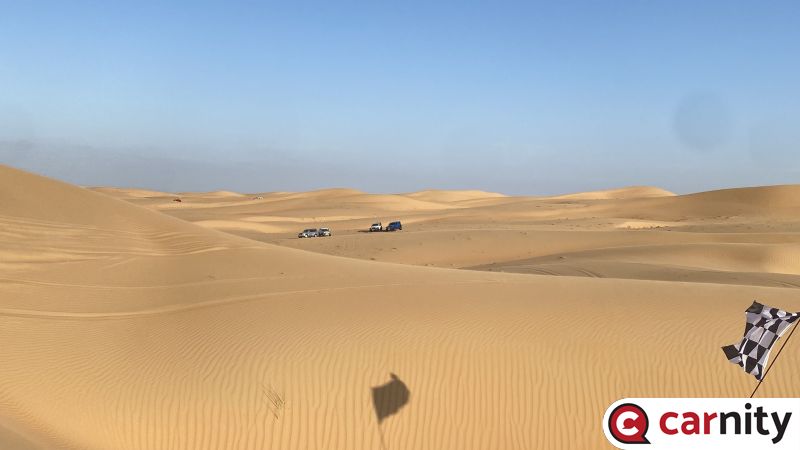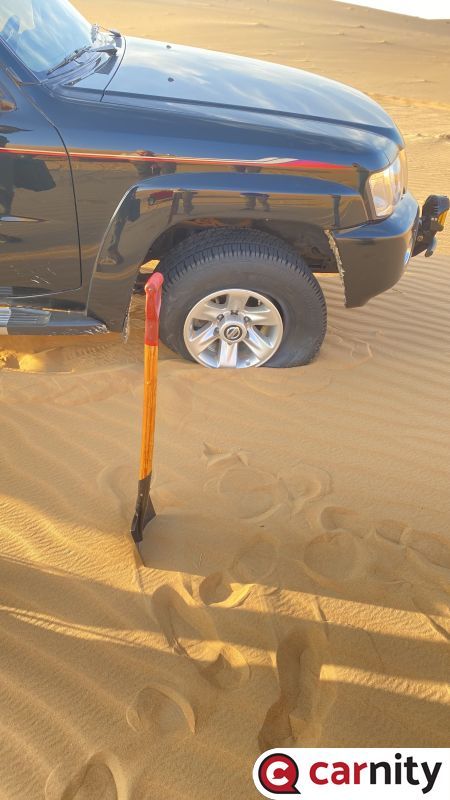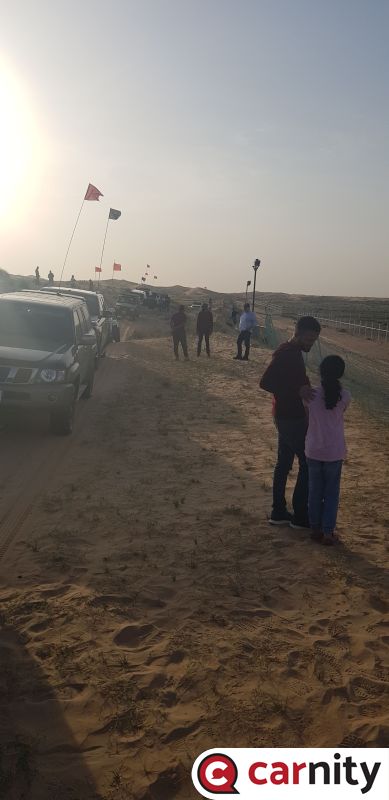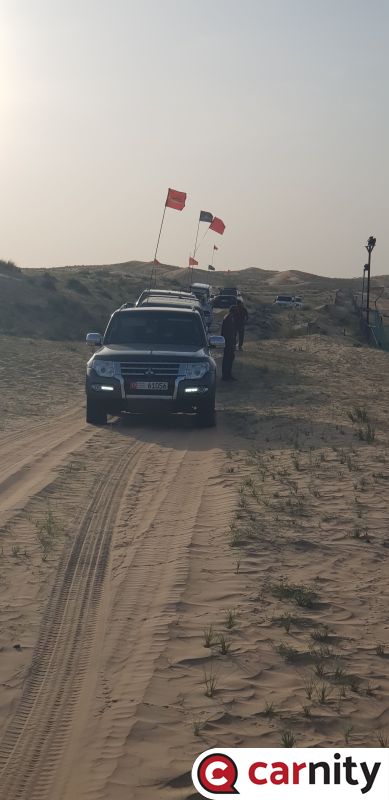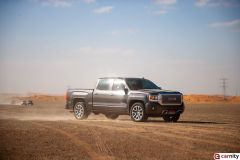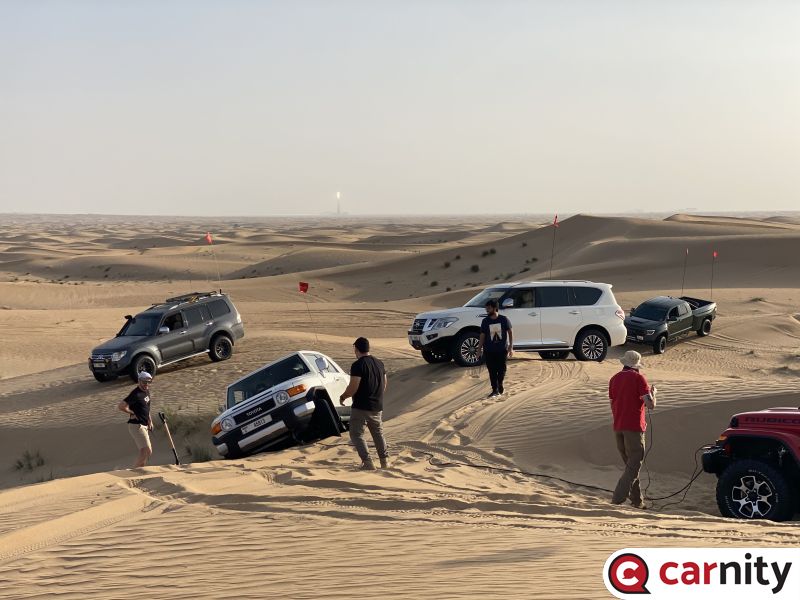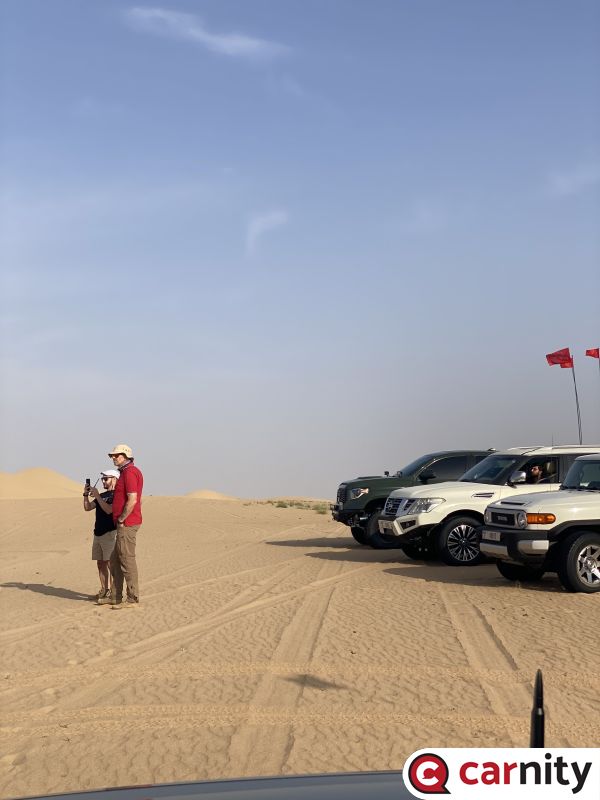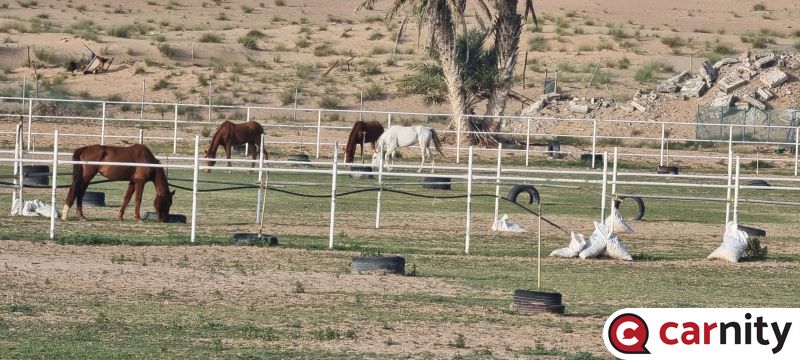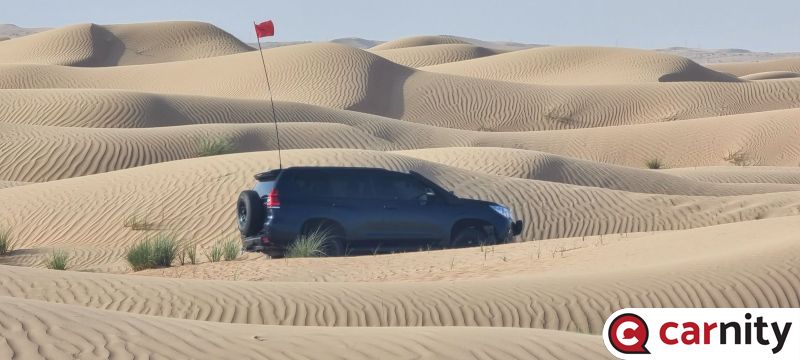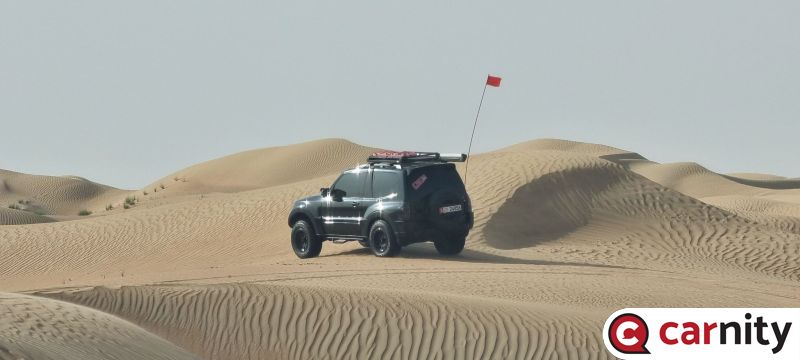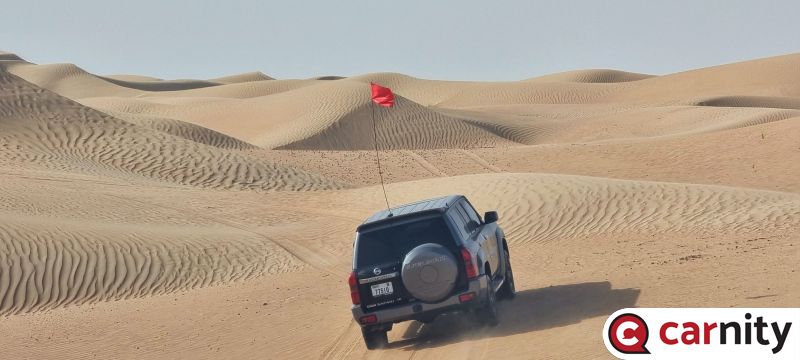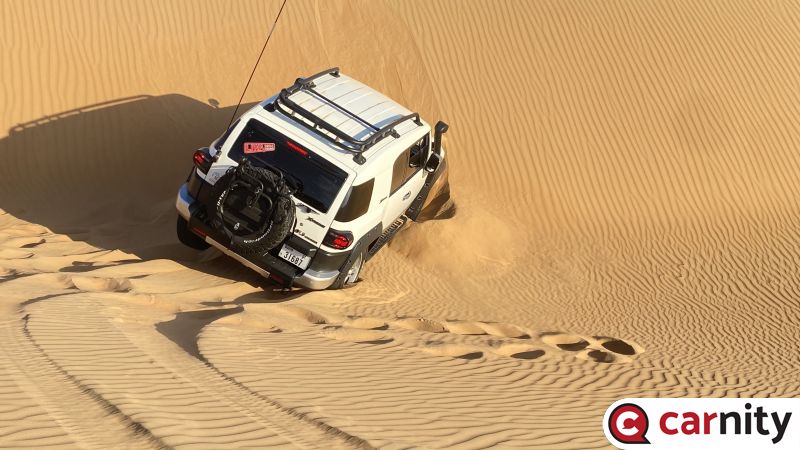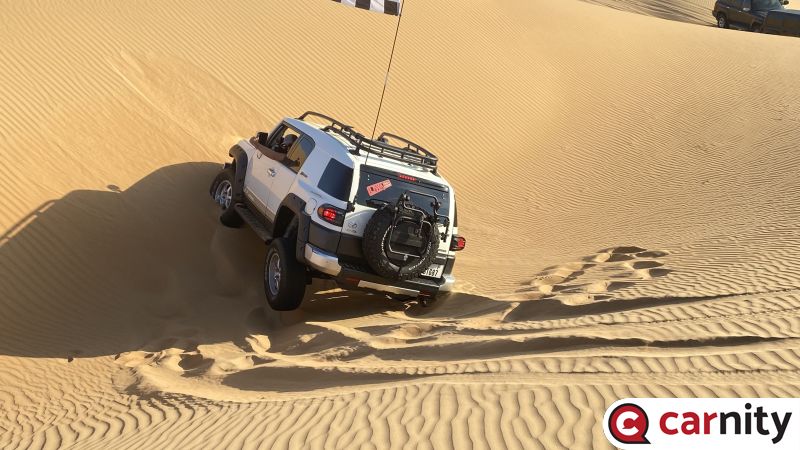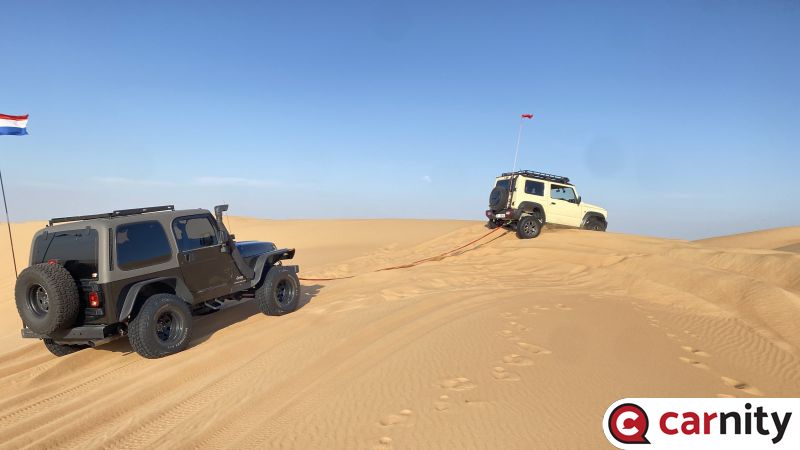Leaderboard
Popular Content
Showing content with the highest reputation on 02/02/2024 in all areas
-
@Richard Franks@Adam Black@Wilfredo Perez@khlief@Juzer Talib@Abdul Hannan@Vijay Cowlagi@Theo09@Nathan@Mohit Gurnani@Bjoern Meeting Point: Rashidiya: https://maps.app.goo.gl/9qKoAHpzkG4R3PCw5 When you arrive, there is no need for putting a flag. Please do deflate to around 20psi, it's not needed to go much lower than that. See you all Sunday morning ! ------------------------------------------------------------------------------------------------------------------------------------------- @Ahmed Wagdy@Vipin M@GS periwal @Andrew John Melvill@Sumedh Krishna@Soufiane@Ali-M@Xavi Moyano@Rafey Hashmi@Gary F@Brette Meeting Point: -Falaj Al Mualla Spot2 : https://maps.app.goo.gl/EKYWdof4BYNDwRXE8 When you arrive, there is no need for putting a flag. Please do deflate to around 20psi, it's not needed to go much lower than that. See you all Sunday morning ! --------------------------------------------------------------------------------------------------------------------------------------- @Amr Aydin@monkeywrench@Prithvi Raj@Hani Howeedy@Sandeep Nayar@karim hamandi@Mohammad Sayawoush Azad@Jeetu Sharma@Bhaskar@Mike M.@Ranjan Das Meeting Point: Falaj Al Mualla Spot1: https://maps.app.goo.gl/gngmhHmXvVsjd95U6 When you arrive, there is no need for putting a flag. Please do deflate to around 20psi, it's not needed to go much lower than that. See you all Sunday morning ! ----------------------------------------------------------------------------------------------------------------------------------------- DRIVE PLAN FOR ALL CONVOYS We have put 3 different meeting points so we can park and accommodate this amount of cars safely. The three tracks will run basically parallel (a few kms apart) from each other and the plan is to meet up with all three convoys at a nice tree on a huge sabkha in RAK. It will take around 1 hour to get there. After taking some nice photos with the three convoys, each convoy will move towards part 2 of the trip where we will head out into the mountains and small village roads. The exit point is also at the same spot. Below you can see Part 1 (up to the sabkha), and Part 2 of our adventure for Sunday.9 points
-
Dear Challenge seeker, I hope you are excited for our tomorrow's drive. Due to the rain rain showers the past few hours , i will kindly ask you to be extra focused on the drive and keep a very good control of our vehicles avoiding even the slightest fishtailing!! as the sand could be unexpected . always emphasized and required that everyone make sure of your car is in a perfect shape and have all your gear as per your rank. Meeting Point: https://maps.app.goo.gl/8h8yf4zznDE4jQbJ6 Meeting time is 07:00 AM Sharp We will use Carnity Radio Channel 7. The convoy order will be as the following :5 points
-
Dear Desert Wanderers, @frederic demolder, @sohinik, @essam ibrahim, @Ahmed Farouk, @Shiju Raju, @Lala G, @Julien Recan, @Arravind, @Shaun J, @Mohit Gurnani and @Pacificwe will be meeting at Lisalli, flags up & ready for briefing at 1300 tomorrow. The convoy order will be as per the below and we will be using Ch4 (446.081). Please bring plenty of enthusiasm with you and that all important willingness to learn See you tomorrow Afternoon4 points
-
Thanks @Frederic, google is weird sometimes when you just look for "gas stations" in the area... I'll try this one then. @Ale Vallecchi, I'll get a small jerry can with me just in case. Better safe than sorry.3 points
-
@Abdul Hannan @Sviatoslav @monkeywrench @Wilfredo Perez @Juzer Talib @Tatsiana Chase @Damian @Hani Howeedy @ozgu @SamBha @Mehmet Volga Dear Desert Drivers, Thank you for signing up for the drive tomorrow morning. The weather is a bit uncertain, but nothing to prevent driving. So the drive will happen anyway, we will adjust if needed if we find wet places. If you are delayed on the road to the meeting point by the weather conditions (fog, rain...) don't worry and drive safely, we will wait for you. Please check your route to reach the meeting point. Coming from Nahel, about 300m before the final location, you will see a road to your right, with a sign "...Winter Camp..." Take that road. It is closed by a fence. Reach slowly by the fence, it will open by itself. Then continue until you see the other cars. I will indicate the convoy order and the radio channel by the end of the afternoon.3 points
-
There used to be a time where Chinese 4x4's were rare in the UAE, and the overall consensus amongst the public would be to avoid them, or walk around them with some curiosity, not really being sure as what to expect and how these would perform in the UAE deserts. Over the last couple of years, we have seen the introduction of several 4x4's in the UAE coming from the Far East, often with a big marketing campaign and lots of bang for the buck. Often accompanied by very interesting warranty and service deals. In below topic, the aim is to compare the most recent models and discuss their potential performance and pricing. We will focus mostly on the 4x4 capabilities, and not so much on the comfort creatures or technology. To value these vehicles on their performance in the desert is not easy. But by looking at their specs in terms of power, ground clearance, and approach/departure angles, we can have a fairly good impression on what to expect from them. Of course, the real answer will only come after a couple of years to see if they really can rival with the Japanese reliability or the Jeep versatility and power. For now, let's have a look at below selection of 5 4x4's we compared: Jetour T2 BAIC BJ40 Plus Haval H9 Haval Dargo Tank 300 @frederic demolderand @Faraz94 are proud owners of BAIC and Haval 4x4's, and drive regularly with us. Would love to hear their comments and experiences, and invite everyone to chip in with their feedback and opinions !2 points
-
Very True. You can add Google Satellite maps to GaiaGps by adding as a custom map.2 points
-
Hi @Marek_was003. Thanks for bringing it up, and thanks to @Frederic for providing the location of the closer gas station. The one time I did that track, I managed with one full tank (78 lts) all the way from that gas station and back halfway between AD and Dubai on E11. Plus the last part of the drive will be on a dirt track, all streight and easy to manage. I think you can do it. Please let me know what you decide. Thanks a lot.2 points
-
since I replaced stock rims and tyres with FJ cruiser 2022 big tyres - 265/70/17 they won't fit my rear cover...technician tried many ways but wouldn't fit....Marek's option looks much better with compressor fitted but I would prefer Stumpy's way....btw I also contacted the Australian guy who made this originally... Joseph Jenson...he says 890aed...I think it is expensive....looking for someone to fabricate this locally in UAE...will keep you posted...thanks for your suggestions guys... :)2 points
-
2 points
-
2 points
-
2 points
-
2 points
-
2 points
-
2 points
-
2 points
-
2 points
-
2 points
-
2 points
-
2 points
-
2 points
-
2 points
-
2 points
-
2 points
-
2 points
-
2 points
-
2 points
-
2 points
-
2 points
-
2 points
-
2 points
-
2 points
-
2 points
-
2 points
-
Yes you can, as you had already a few drives before. Just ensure they don't distract you during driving, and they are ready to remain seated in the car for a few hours1 point
-
If you are an absolute beginner (zero off-road experience) it’s not recommended. If you have driven in the desert before and have basic experience, then you should be fine.1 point
-
This one is about 20km closer: https://maps.app.goo.gl/soX1HikBfnwUwqvC6 Still about 40kms from the actual meeting point, which is not that bad if you drive regular speed and 2H1 point
-
1 point
-
1 point
-
1 point
-
1 point
-
1 point
-
1 point
-
1 point
-
1 point
-
1 point
-
1 point
-
1 point
-
1 point
-
This tutorial will describe the safest techniques to recover a vehicle from the desert. We will try to cover all scenarios and focus on the safety aspect. Although many offroaders have already learned the art of off-roading in the UAE desert, performing recoveries is a skill in itself and needs practice and clear understanding and respect of the dangers involved for the person recovering, the person being recovered, and bystanders. This is a skill that will require practice, and the more recoveries you do from different situations, the more experienced you will become. Whenever you have ANY doubt in during a recovery, you should assess the situation with other senior members and make the decision together. 2-3 people will most likely have a better total overview and will result in a safer recovery attempt. Team work is essential in this sport and all the more during recoveries. 4x4 Recovery Tools D-Shackle or Bow Shackle The D-shackle, also called a bow shackle, is the tool that you will use to connect your recovery rope to the tow-hook of the vehicle (both sides). Since the uprising of soft shackles, and the incidents that happened with poor quality D-shackles, most Off-roaders have now shifted to using soft shackles. A good quality, rated D-shackle can still be useful in some scenarios, and they are safe if the recovery is being done properly, but the risk of this projectile flying through the windshield and potentially killing people has made this shackle a tool only to be used by people who have 100% skill level and know what they are doing. Soft Shackles Soft shackles were first used in the marine/sailing world and have recently become very popular as the perfect shackle to use for off-road recoveries. They are easy to use, and in case they break they will not become a deadly projectile. They are more expensive than metal D-shackles but will last quite long and there is no compromise when it comes to safety. The shackle is made of UHMWPE, also known as Ultra High Molecular Weight Polyethylene, or Dyneema. This synthetic yarn is 10 times stronger than steel. Kinetic Recovery rope or Snatch Strap. A kinetic recovery rope is made of Nylon. The most useful characteristics of this rope is that it stretches about +/- 20% during a pull. This means the “tug” or “jerk” effect of the recovery will be dampened, resulting in less strain on the vehicle’s tow-points. The downside is that because of this characteristic, people sometimes have the tendency to start pulling much harder, which can result in breaking the vehicle’s tow-points or chassis. The recoil effect of this rope creates a massive force and that is why during a recovery we clearly instruct to not exceed 15km/h during recoveries, and to gradually build up the strength of the pull in 2-3 attempts. Do not use this rope for towing a vehicle. Due to the stretch effect it will be difficult to control the towing process, and furthermore you will damage the rope as it needs to recoil and settle after a recovery. When choosing a kinetic recovery rope, you should select a rope that has a breaking strength of 2-3 times the weight of the vehicle you will recover. For example; if you recover a Nissan Xterra which weighs 2 ton, the breaking strength of the rope should be at least 6 tons. Most recovery ropes have 10-15 Tons breaking strength. The reason for this is that the forces involved when a vehicle is completely stuck in the sand are far higher. Our club uses both the Viking Kinetic rope as well as the AOR Kinetic recovery rope with excellent results. The Viking rope costs about 350AED with a bag and 2 soft shackles included, while the AOR kinetic rope costs about 370AED without soft shackles. (AOR soft shackle cost 155 AED per piece). This rope is not the same as a Polyester Webbing sling that you will find in most hardware shops ! Kinetic recovery ropes will cost you about 350-400 AED. A Polyester webbing sling is far cheaper but does not stretch. Performing a Recovery When doing a recovery there will be tasks involved for both the person doing the recovery, and the person being recovered. It is essential that there is a clear communication established over the radio or verbally to make sure the recovery is being done professionally and safely. Bystanders should remain at a distance radius of at least 10m during the recovery process ! Scenario 1: A vehicle is crested Getting crested is an event that happens regularly during off-roading, and by following below steps you can recover a vehicle safely. The individual tasks for each person are mentioned below: # PERSON PERFORMING THE RECOVERY PERSON BEING RECOVERED 1 Will first inspect if the vehicle is front-heavy, back-heavy, and if the car can be maybe recovered without ropes. In many cases it is sufficient to clear the sand from the wheels, from underneath the body of the car, and try the self-recovery method and engage diff-locks. can help with clearing the sand from the wheels 2 When recovery with a rope is deemed necessary, he will attach the rope to a secure “recovery point” of the car. The recovery point needs to be strong enough and in perfect condition. He will not perform recoveries on worn out or heavily rusted towpoints. You need to keep approximately 2m free-play in the rope, so you have space to ramp up the vehicle before the pull starts. 3 Will step inside his car, put on his seatbelts, engage 4LO and put his car in First Gear forward or Reverse depending on the direction he will be recovered. He then announces on the radio that he is belted up, car is running in low gear, and he is ready for the recovery attempt. 4 Get inside his vehicle, engages 4LO, puts on the seatbelt, and asks the person being recovered if he is ready for the recovery attempt. Acknowledges the message and confirms he is ready for the pull. 5 Will drive a little bit forwards and backwards to create a firm track if needed, then starts off with a gentle pull. This is to test the waters and in some cases the vehicle will already come out. 6 If second attempt is needed, he will announce on the radio that he will try again. Acknowledges the message and confirms he is ready for the second pull. 7 Performs second attempt which is slightly more aggressive 8 The car comes out and is bring brought to flat ground where the rope can be safely removed. Follows the recovery vehicle to flat ground Scenario 2: a vehicle is bogged down When a vehicle is bogged down or in a ditch, and needs recovery with a rope, the same scenario as scenario #1 will be applied. You should always clear the wheels and shovel as much as you can to ease the recovery. It is also very important to properly position the vehicle to avoid sharp angles. Again, the rope should have at least 2m free play before starting the recovery. Make sure you position your rope in a zig-zag shape and verify it is not in a knot. Creating a knot in a kinetic rope will damage it beyond repair ! Scenario 3: a vehicle needs to be pulled upwards In the case that a vehicle needs to be pulled upwards, you need to be aware that the force that you will need to apply will be far higher. Some examples: - Towing a 2 Ton vehicle on the road results in a 100kg pull resistance. - Recovering a wheel-bogged down 2 Ton vehicle on flat sand results in 2000kg of pull resistance. - Pulling a chassid-bogged down 2 Ton vehicle on an upward slope of 15° results in 3500kg of pull resistance. (as photo below). This is the main reason why it is so important to clear the wheels from sand and shovel out the body of the vehicle as much as possible to reduce the resistance. Be aware that when pulling a vehicle upwards on a steep angle might damage the front bumper on the vehicle that is being recovered. Especially on slopes of 10° and more, the rope can hit the front bumper. Additional safety measures Safety Strap A safety strap is a very helpful tool to secure the rope or d-shackle during extreme recoveries. In that case it will avoid from becoming a projectile. Tow Point Essentials Most 4x4 vehicles are equipped with proper tow hooks which are welded to the chassis. In more modern SUV's which are less meant for heavy duty use, you will sometimes find a screw-in type of tow hook. These are generally ok for occasional use but for weekly recoveries they will not do as the threading will wear out and eventually they will fly out. Every Offroader should make sure he has proper recovery points on the front and back and that they are in perfect condition. During more extreme recoveries there are additional techniques we apply to distribute the load, such as a bridle rope. This rope basically distributes the load between both towpoints. In which direction should i put my vehicle when i recover someone ? This will depend on a case to case basis: When during the recovery you want to have FULL visual of the car that you are recovering, it will make more sense to attach your rope to your front recovery towpoints. In the case the recovery needs a bit more force, and you have a towbar or stronger recovery points at the back, then it makes more sense to attach your rope to the rear towpoints or tow bar. In the case that you really want to see where your own car is going (in difficult terrain with bushes for example), it will also make sense to perform the recovery by attaching the rope to the back of the car. Can i attach my shackle or rope to a tow ball receiver ? Tow balls are NEVER to be used for recovery purposes. There have been many incidents where the tow ball has come off and became a deadly projectile. DO NOT ever recover a vehicle by connecting to the tow ball !!!1 point
This leaderboard is set to Dubai/GMT+04:00

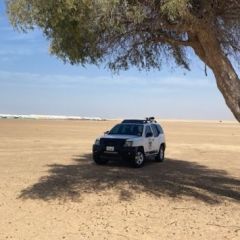
.thumb.jpg.faf264f698ded093f59df7be5597f9ce.jpg)

